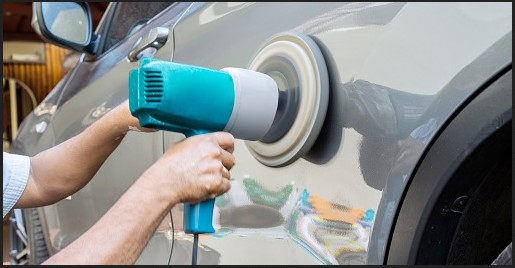How to Diagnose Common Car Problems: A Step-by-Step Guide
Diagnosing car problems can be a daunting task for many car owners. However, with the right knowledge and tools, it is possible to diagnose common car problems. This step-by-step guide will help you identify and fix common car issues.
Step 1: Check the Basics. Before you start diagnosing any car problems, it is important to check the basics. Make sure the car has enough fuel, oil, and coolant. Check the battery and the electrical system. If any of these components are not functioning properly, it could be the cause of the problem.
Step 2: Listen for Unusual Noises. Unusual noises can be a sign of a problem. Listen for any strange noises coming from the engine, brakes, or suspension. If you hear any unusual noises, it could be a sign of a problem.
Step 3: Check the Warning Lights. The warning lights on your dashboard can tell you a lot about the condition of your car. If any of the warning lights are illuminated, it could be a sign of a problem.
Step 4: Check the Fluids. Check the levels of all the fluids in your car. Low levels of oil, coolant, or brake fluid can indicate a problem.
Step 5: Check the Tires. Make sure the tires are properly inflated and have enough tread. Uneven wear on the tires can indicate a problem with the suspension or alignment.
Step 6: Test Drive the Car. Take the car for a test drive and pay attention to how it feels. If the car is vibrating, pulling to one side, or making strange noises, it could be a sign of a problem.
Step 7: Take it to a Professional. If you are unable to diagnose the problem yourself, it is best to take the car to a professional mechanic. They will be able to diagnose the problem and recommend the best course of action.
By following these steps, you can diagnose common car problems and get your car back on the road.
Troubleshooting Car Electrical Problems: Tips and Tricks for the DIY Mechanic
As a DIY mechanic, troubleshooting car electrical problems can be a daunting task. However, with the right knowledge and tools, you can diagnose and repair most electrical issues with ease. This article will provide tips and tricks to help you troubleshoot car electrical problems.
The first step in troubleshooting car electrical problems is to identify the source of the issue. To do this, you will need to use a multimeter to measure the voltage and current in the circuit. This will help you determine if the problem is in the wiring, the battery, or the electrical components.
Once you have identified the source of the problem, you can begin to diagnose the issue. If the problem is in the wiring, you will need to inspect the wiring for any signs of damage or corrosion. If the wiring is damaged, you will need to replace it. If the wiring is corroded, you will need to clean it with a wire brush and apply a corrosion inhibitor.
If the problem is in the battery, you will need to check the battery terminals for any signs of corrosion. If the terminals are corroded, you will need to clean them with a wire brush and apply a corrosion inhibitor. You will also need to check the battery voltage and current to ensure that it is within the manufacturer’s specifications.
If the problem is in the electrical components, you will need to inspect them for any signs of damage or corrosion. If the components are damaged, you will need to replace them. If the components are corroded, you will need to clean them with a wire brush and apply a corrosion inhibitor.
Finally, if the problem is in the wiring, battery, or electrical components, you will need to test the circuit to ensure that it is functioning properly. To do this, you will need to use a multimeter to measure the voltage and current in the circuit. If the readings are not within the manufacturer’s specifications, you will need to replace the faulty component.
By following these tips and tricks, you can easily troubleshoot car electrical problems. With the right knowledge and tools, you can diagnose and repair most electrical issues with ease.
